
An insider's guide to the season's best beverages
Drink up in style this season, with this guide to what's trending at bars across the country
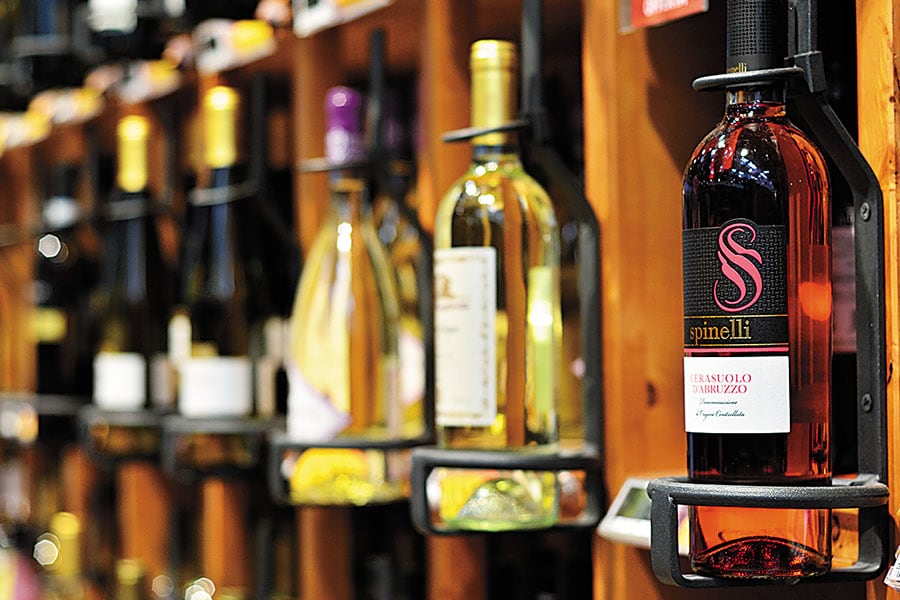 The Cerasuolo d’ Abruzzo is an unusual rosé that’s deep hued and high in alcohol
The Cerasuolo d’ Abruzzo is an unusual rosé that’s deep hued and high in alcoholImage: Shutterstock
The roses are in bloom at Villa Estea, a pretty private home by the Adriatic Sea in Abruzzo, Italy. It’s that kind of bright summer day—balmy, with clear blue skies—that you instinctively associate with the Mediterranean. The villa is hosting about 50 local winemakers, who have gathered to showcase their productions: The undiscovered wines of Abruzzo that few people outside this beautiful but non-touristy Italian region really know about.
My favourite is the Cerasuolo d’ Abruzzo, a rather unusual rosé, deep hued like the cherries it is named after, high in alcohol (13 to 14 percent by volume), but very dry, fresh and zesty with a nose of the fruits and herbs of the land. It’s the ideal summer rosé that you don’t usually find amidst the sweet blushes and Californian zinfandels that have ruined the category (at least to my mind) and its perception.
A rosé is not necessarily the low quality, sweet wine you may have occasionally sipped; given how few are available in India, even restaurants in five-star hotels with extensive wine lists usually keep just two or three varieties. Instead, if you have tried some of the well-made rosés from Provence, pinot noir country in the south of France, you would realise that the wine can be seriously good quality.
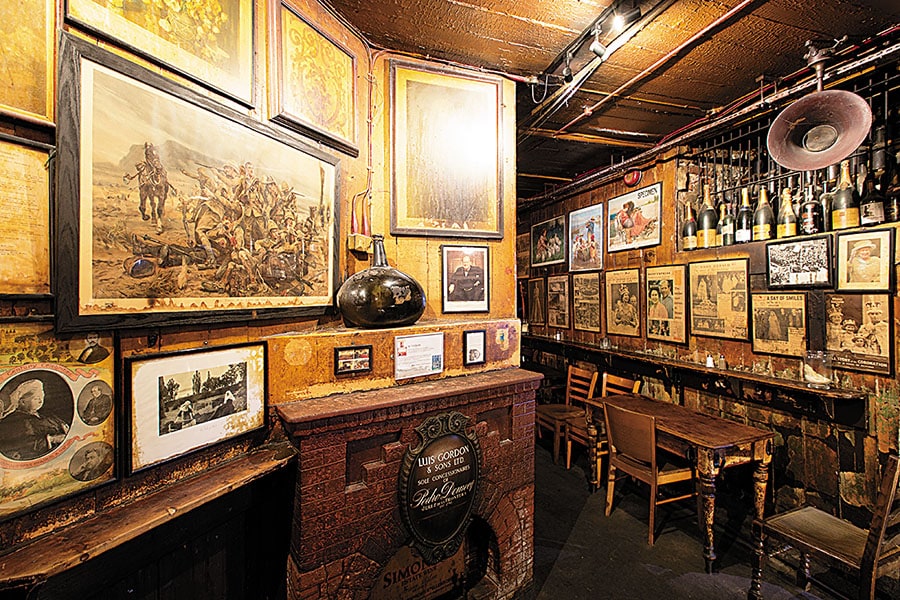 The Gordon’s Wine Bar in London that was frequented by the likes of Rudyard Kipling
The Gordon’s Wine Bar in London that was frequented by the likes of Rudyard Kipling Image: Getty Images
These wines are not necessarily cheap. Neither are the ones being attempted by even Bordeaux winemakers to tap into the surging popularity of rosés, thanks to Instagram. A Nielsen State of the Wine Industry Report in the US last year recorded a 64 percent growth of the category over the last 12 months. While most of the rosés are seemingly bought for their pretty colour, some are for connoisseurs.
The Cerasuolo d’ Abruzzo is certainly one of them. For one, it does not fit the light-coloured stereotype. As Davide Acerra head of the Consorzio di Tutela dei Vini d’ Abruzzo (the Abruzzo wine consortium) says, “Because of the current trends towards paler rosés, many winemakers are trying to make wine of that colour. However, the traditional cerasuolo is always the colour of cherries, which you should get in the nose too.”
Apart from the colour, what makes it exceptional is that winemakers are trying to make it in more traditional ways, which express the terroir. Some of the cerasuolo was made in cement tanks (instead of wood or stainless steel), a practice followed two generations ago that has now been revived. Other wines are bio-dynamic, bringing about a diversity in styles and natural expression of the terroir: You can smell honey or mint or apples or sweet peas in different glasses.
(This story appears in the 30 November, -0001 issue of Forbes India. To visit our Archives, click here.)
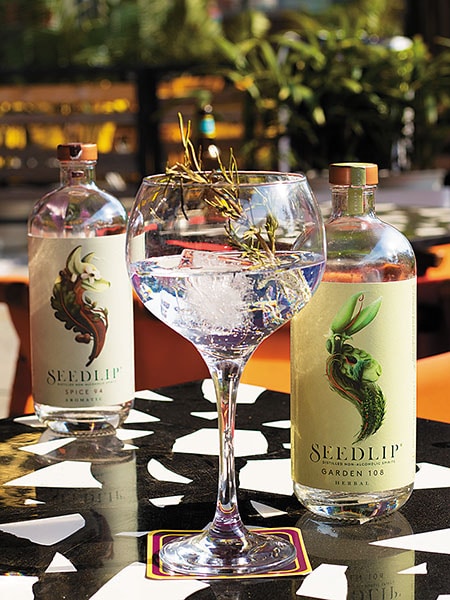 Since launching Seedlip three years ago, the company has grown from selling just a few thousand bottles to almost a million in 2019
Since launching Seedlip three years ago, the company has grown from selling just a few thousand bottles to almost a million in 2019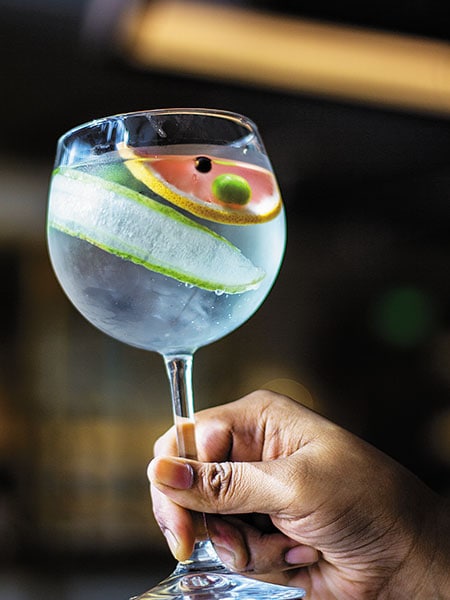 Seedlip, or non-alcoholic gin, is taking over bars and posh clubs in Europe
Seedlip, or non-alcoholic gin, is taking over bars and posh clubs in Europe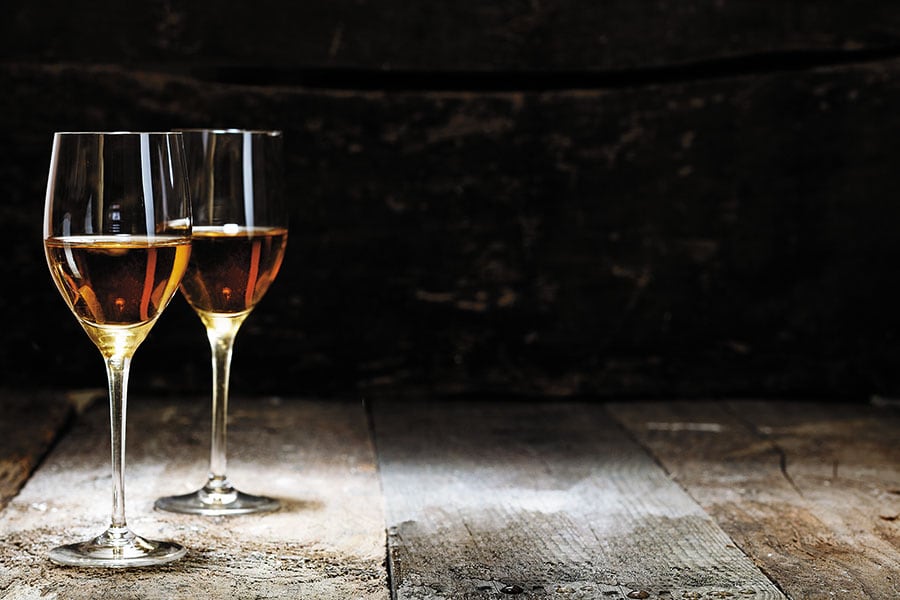 Drinking sherry is back in vogue
Drinking sherry is back in vogue 



